Optimal Timing for Storm Restorations
Storm restorations are most effective when performed promptly after storm events to minimize damage and prevent further deterioration. The optimal timing depends on weather patterns, local climate, and the severity of recent storms. Conducting repairs during periods of stable weather ensures quality workmanship and reduces the risk of delays caused by adverse conditions.
Immediately after a storm, it is crucial to assess damages to identify urgent repairs and prevent secondary issues like water intrusion.
Scheduling restoration work during dry seasons allows for safer, more efficient repairs and reduces the risk of weather-related delays.
Performing storm restorations in less busy periods can lead to quicker scheduling and reduced costs.
Monitoring weather forecasts helps determine the best window for repairs, avoiding storms or heavy rain that can hinder progress.

Ways to make Storm Restorations work in tight or awkward layouts.
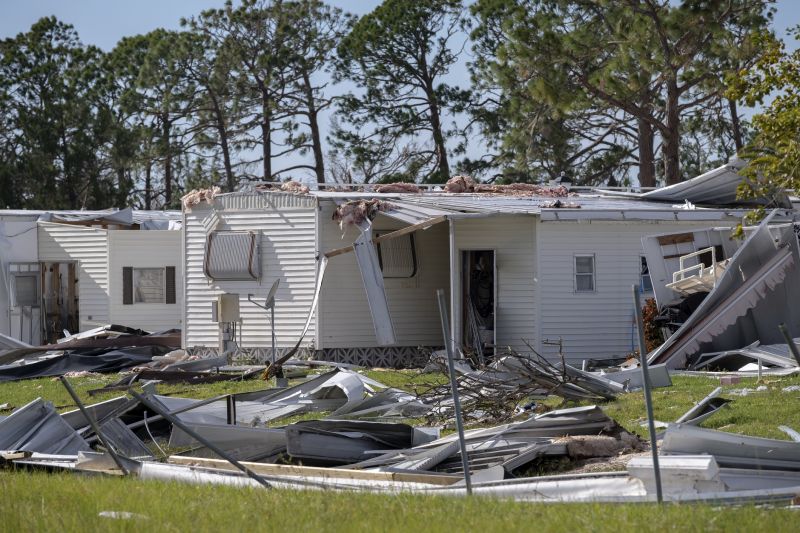
Popular materials for Storm Restorations and why they hold up over time.
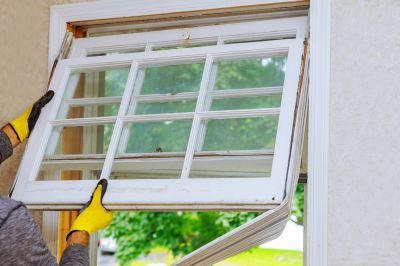
Simple add-ons that improve Storm Restorations without blowing the budget.

High-end options that actually feel worth it for Storm Restorations.

Finishes and colors that play nicely with Storm Restorations.
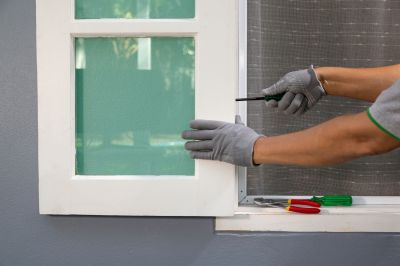
Little measurements that prevent headaches on Storm Restorations day.
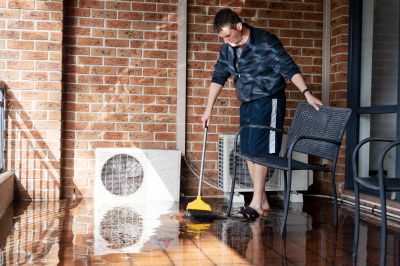
A 60-second routine that keeps Storm Restorations looking new.
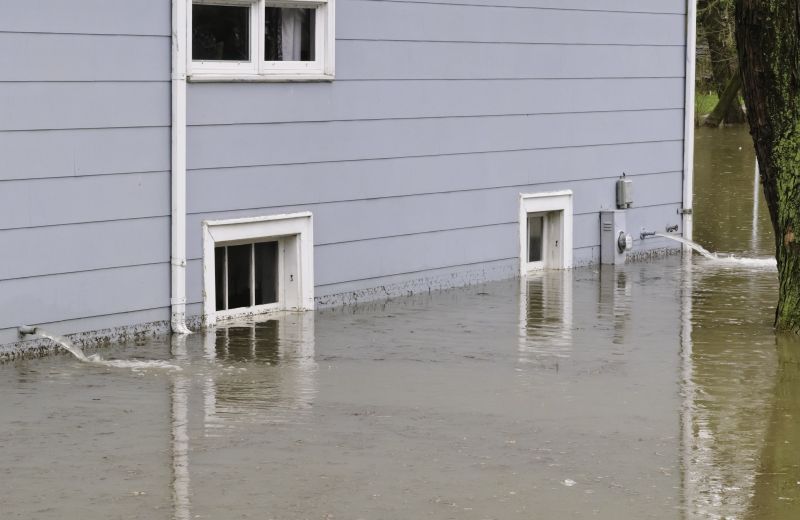
A frequent mistake in Storm Restorations and how to dodge it.
Storm restorations encompass a range of services aimed at repairing and restoring properties affected by severe weather events. These services include roof repairs, siding replacement, window sealing, and structural reinforcement. Timely intervention minimizes long-term damage, preserves property value, and maintains safety standards. Statistics indicate that prompt storm repairs can reduce damage costs by up to 30 percent and significantly decrease the risk of secondary issues such as mold growth or structural failure.

Small tweaks to make Storm Restorations safer and easier to use.
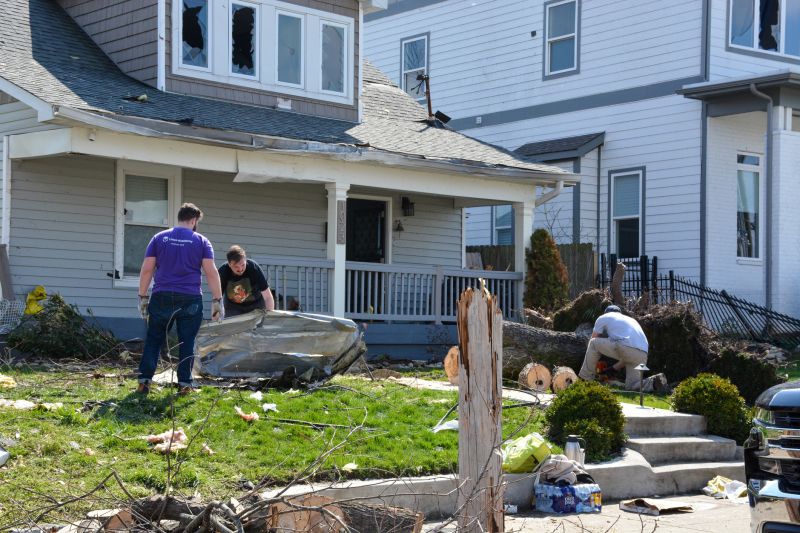
Lower-waste or water-saving choices for Storm Restorations.

The short, realistic tool list for quality Storm Restorations.

Rough timing from prep to clean-up for Storm Restorations.
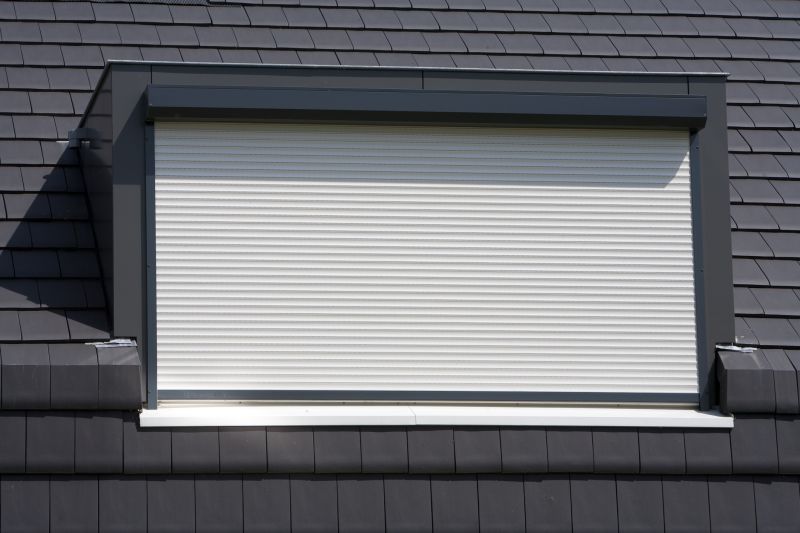
Quick checks and paperwork to keep after Storm Restorations.
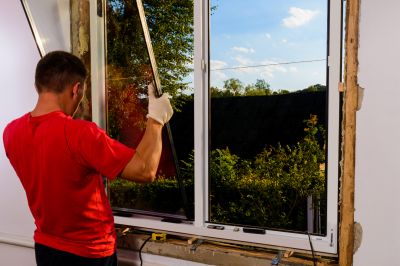
Examples that show the impact a good Storm Restorations can make.

Ways to make Storm Restorations work in tight or awkward layouts.
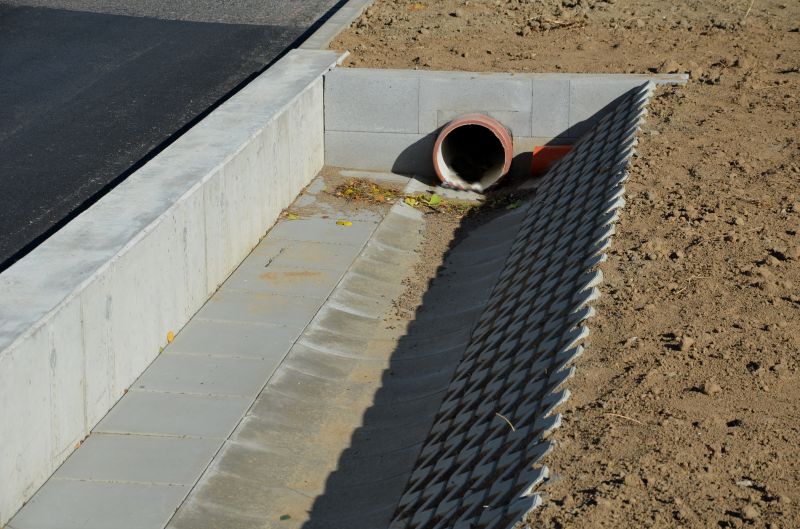
Ways to make Storm Restorations work in tight or awkward layouts.
Understanding the optimal timing for storm restorations can lead to more efficient repairs and better outcomes. Weather conditions, seasonal patterns, and immediate post-storm assessments are critical factors in planning restoration activities. Proper scheduling ensures that repairs are carried out under ideal conditions, reducing risks and improving durability of the work performed.
Immediate repairs are essential to prevent further damage and secure the property after a storm.
Guidance on documenting storm damage and navigating insurance processes can streamline restoration efforts.
Regular maintenance and prompt repairs help preserve property integrity against future storms.
Implementing protective measures can reduce the impact of future storms.
